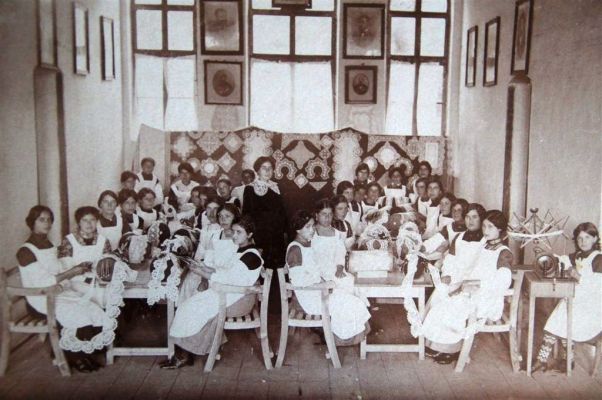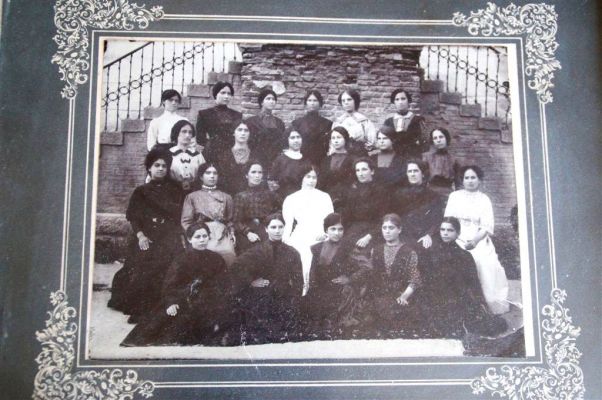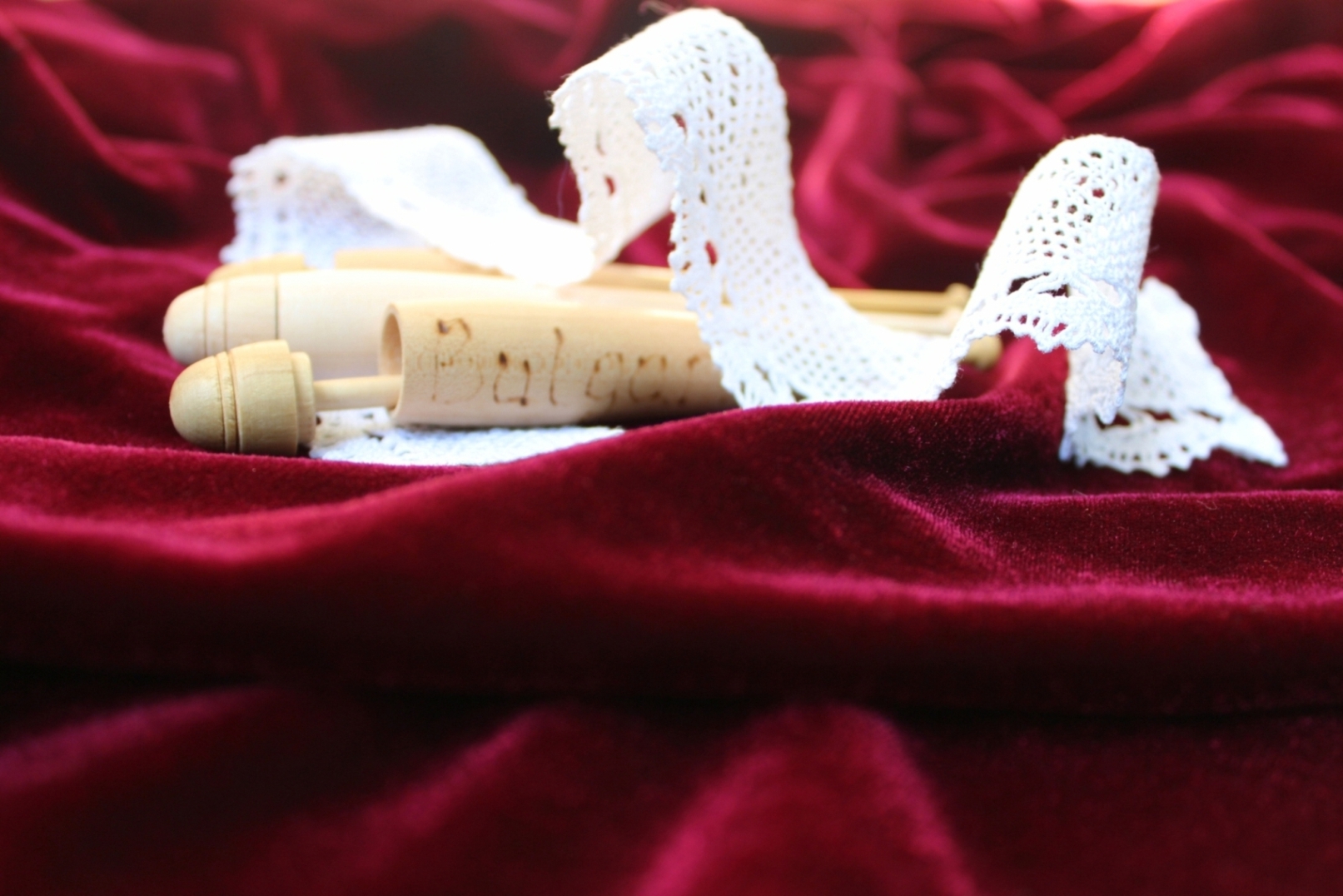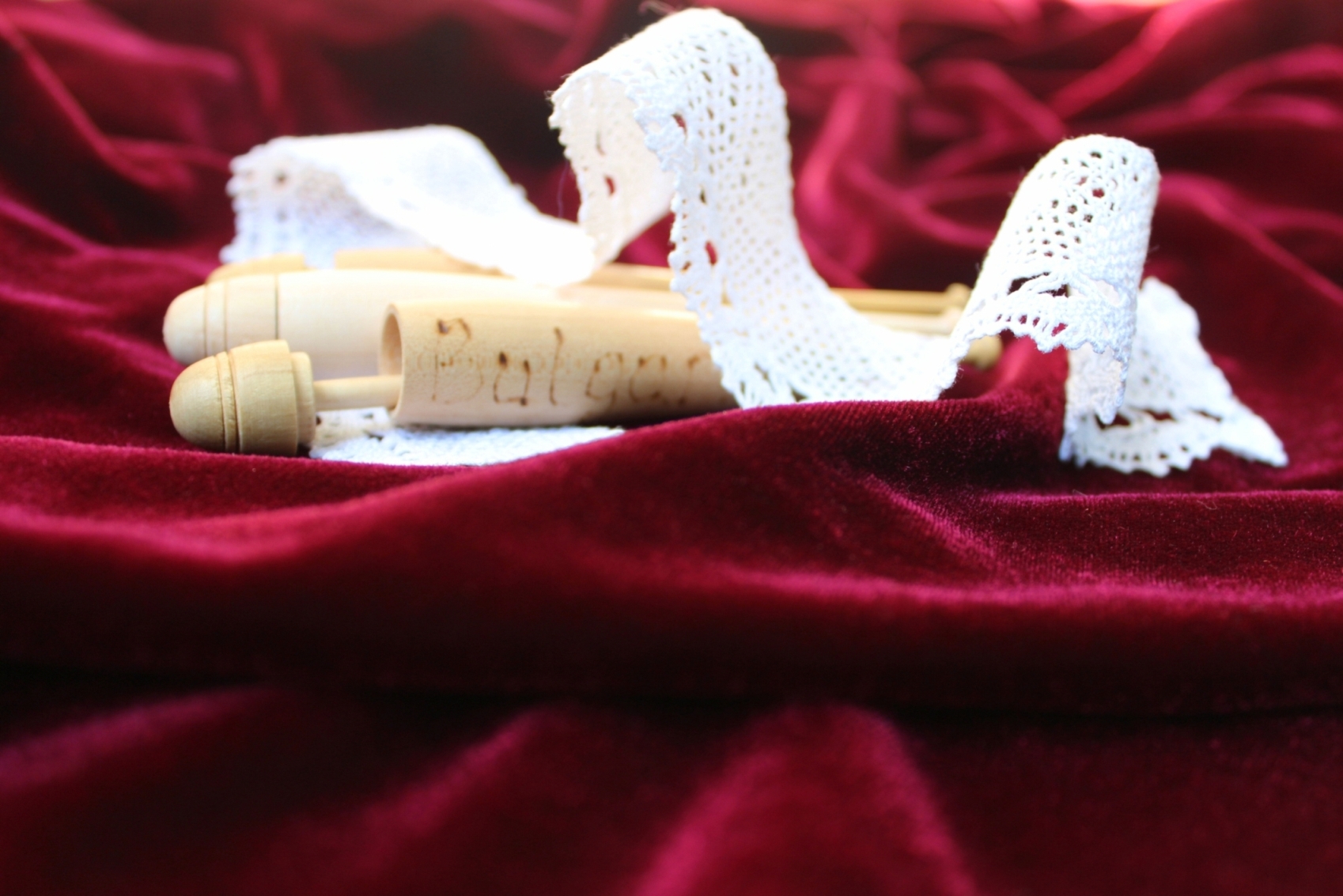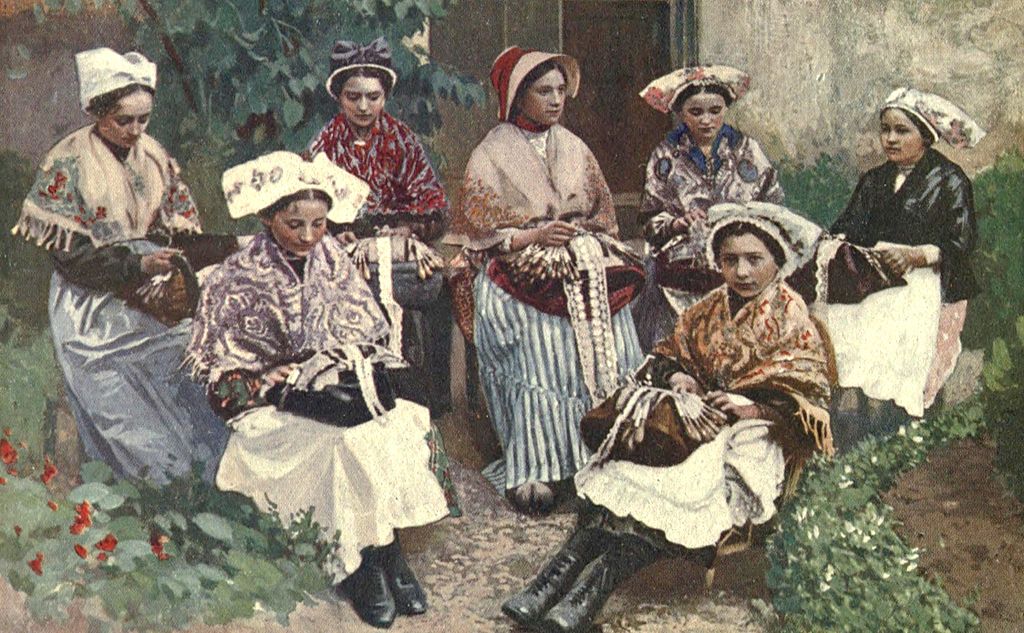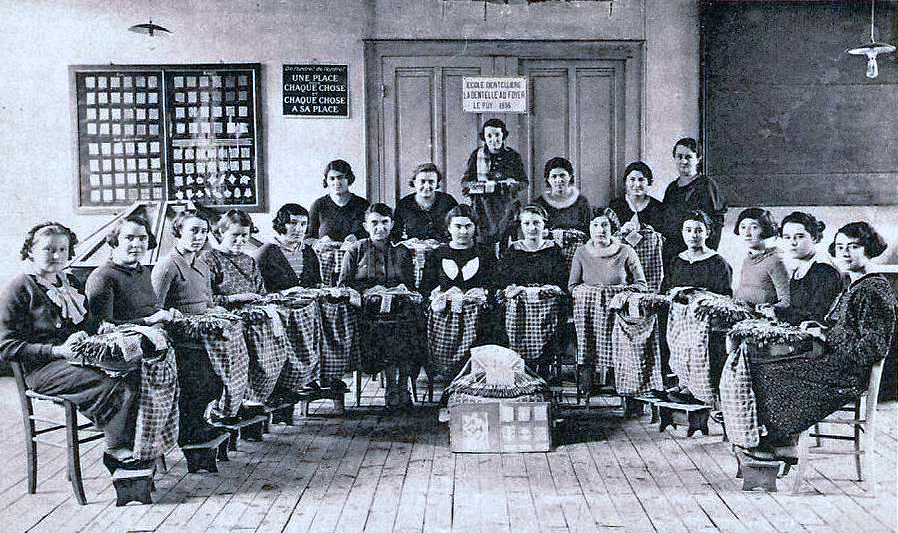From Brussels to KalofeR - how the Lace became popular in bulgaria
In 1877 - time of the Bulgarian Renaissance - the prospering city of Kalofer was burned down by the Ottoman (until 1878 Bulgaria was a province of the Ottoman Empire). The citizens faced many challenges, poverty and hunger, during recovering their homes. At that difficult time a remarkable person came to Kalofer - Ekaterina Karaminkova, called Eka. Her husband had hold the position of the Bulgarian consul in Belgium. Eka got a witness of Kalofer's hard fate. She truly wanted to help the people in Kalofer and so she gave to the women some samples of Brussels Lace, which she had brought from Belgium few years before. Eka was open-minded lady with diverse areas of interest. She especially was supporting the women of Kalofer and established a kind of Women's Club. She invited female teachers, who teached the young women in different subjects and handicrafts. One of those handicrafts was Bobbin Lace (Brussels Lace) making.
The women of Kalofer were very talented and learned fast. In a short time they learned to make a perfect lace and were even able to distribute it in Western Europe. They had a significant contribution to the regaining of the prosperity of their city and families.
On request of the Kalofer citizens to the National Art School in Sofia, Brussels Lace Making becomes a subject of study. Although there was only one applicant - an outstanding young lady from Kalofer named Donka Shipkova - an expert from the Chech Republik was invited to teach her. Donka became the first and only one woman graduated arts school as professional lace maker.
In 1910 in Kalofer was established a Lace School, where Donka Shipkova was teaching. For the period of 34 years existing 1800 students graduated successful.
Donka Shipkova was very proactive person. Beside her teaching job she created new patterns inspirated by the Bulgarian nature and folklore such as rose, oak leaf, vine leaf, trefoil, wheat, sun, peacock. With her conventionalised patterns Donka Shipkova was an innovator and her students saved that trend and spirit over the years until today.
Looking Back
In the past European tradespeople brought bobbin lace from Italy.
***
A new beginning
***
Coming soon...
